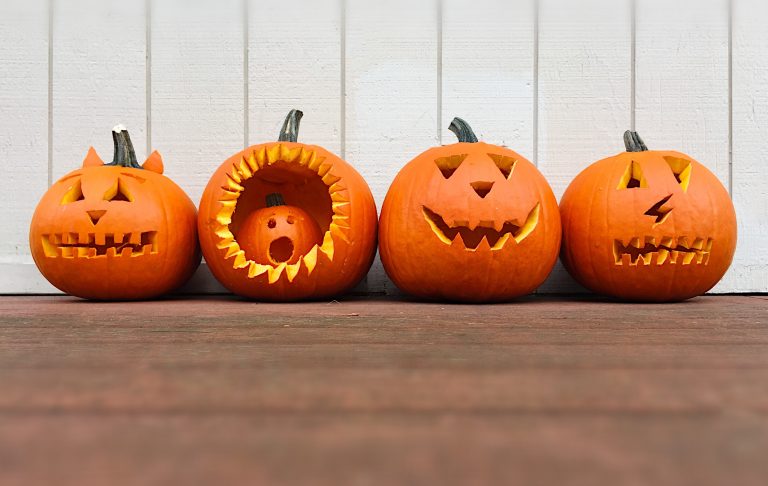Science in the Kitchen: Four Fun Experiments with Eggs
April 6, 2012
Set aside some of those Easter eggs (or grab a fresh carton) for fun science experiments in the kitchen. You’ll make an eggshell disappear, hold a spinning egg contest, float and sink eggs, and dye them bright red using yellow onion peels.
Make an Eggshell Disappear
Check out the chalazae.
You’ll need:
- An egg
- White vinegar
Instructions:
An egg is surrounded by a thin, hard shell, made of calcium carbonate. Inside, the egg yolk is suspended in the egg white by one or two spiral bands of tissue called the chalazae (from the Greek word khalazi, meaning hard lump).
Place a raw egg in a glass of white vinegar. It should be completely covered by the white vinegar. Let stand for a week.
One week later, check your egg. What happened? The acidic vinegar dissolved the calcium carbonate that makes up the shell but it wasn’t able to dissolve the egg membrane tissue. You’ll be able to see the intact egg yolk through the membrane.
Spinning Eggs
Which egg spins faster? Which keeps on spinning?
You’ll need:
- A hard-boiled egg
- A raw egg
Instructions:
The shape of an egg resembles a prolate spheroid (one end is larger than the other end), with a cylindrical symmetry along a long axis. See what happens when you spin a hard-boiled egg vs. a raw egg.
- Spin both eggs, at the same time, on your kitchen table or counter.
- Stop them from spinning with your finger, then release.
- The raw egg will start spinning when you release. The hard-boiled egg will completely stop spinning.
- Why? The liquid inside the raw egg keeps moving, even after you stop the egg from spinning. So when you release your finger, it causes the egg to start moving again.
Keep an Egg Afloat
How can you make a floating egg?
You’ll need:
- Salt
- Two raw eggs
- Two glasses
Instructions:
- Pour warm water into two glasses.
- Add 3 tbsp salt to one glass.
- Place an egg in each glass.
- What happened? The egg will float in saltwater because of density: saltwater is denser than the egg, so the egg rises to the top. The egg is denser than plain tap water, however, so it sinks to the bottom of the glass.
You can also tell how fresh an egg is by placing it in a glass of water. As an egg ages, the air cell expands, so if it floats, throw it away!
Use a Yellow Onion to Dye an Egg Red
Red eggs are the symbol of Easter in Greece. Make your own traditional red eggs by using a red onion.
You’ll need:
- Raw eggs
- Skin of 10 yellow onions
- White vinegar
- Water
Instructions:
- In a saucepan, place the skins of about 10 yellow onions, ¼ cup of white vinegar, and 5 cups of water.
- Bring to a bowl then lower heat and simmer, covered, for about a half hour.
- Strain the mixture into a bowl and let cool to room temperature.
- Pour the dye back into the saucepan and add a dozen eggs (they should be completely covered by the mixture).
- Bring to a boil again then reduce heat and simmer for 15 minutes.
- Remove the colorful red eggs from the dye and let cool.
Check out more ways to naturally dye your eggs!






